Summer is the season when photographers work hard, shooting everything from weddings and family events to soccer games and backcountry nature scenes. We want to do it all… but the season is short. To help you get the best possible photos from Canada’s short summers, read on for some of my favorite summer photography tips and techniques.
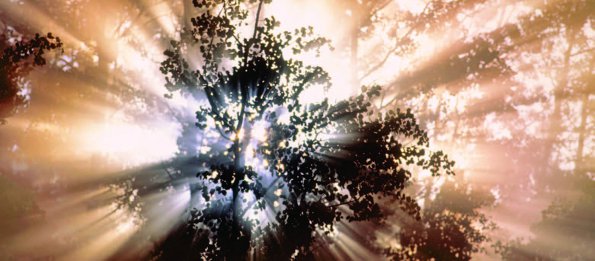
Tip 1 – Get Up Early
Sure, it’s holiday time and you want to sleep in, but outside your door the mornings are alive with possibilities. As a landscape photographer, mornings are the most important time of day. The light is sweet, the air is calm and the atmosphere ethereal. In the early hours of the morning, mist rises off lakes, birds chortle away, and the scenic overlooks have no crowds; what a great time to be out witnessing the world as few people see it!
I never regret getting up and going out for an early morning shoot, and the best part of being up so early is that well deserved snooze on a hammock in the sun during mid afternoon – you still need leisure time, just enjoy it later in the day.
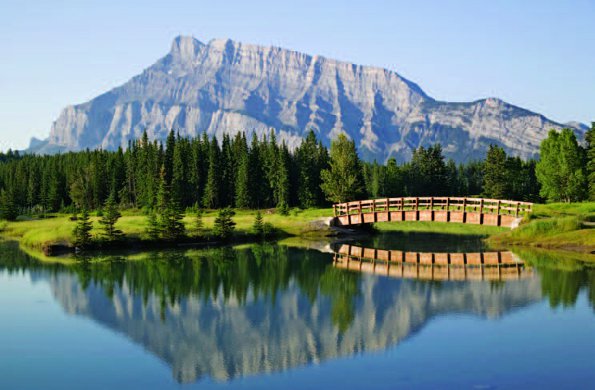
Tip 2 – Use a Polarizer
Although many photographers know about polarizing filters, few use the filter to its maximum potential. A polarizer not only makes blue skies richer, it saturates all colours by removing reflective glare.
Polarizers are easy to use – just screw one on the front of your lens and then spin it around until you see the effect you like (more saturated colours and less glare). I use a polarizer almost all the time, but there are times when I think a polarizer is critical:
1. For photographing side-lit scenes at sunrise or sunset – with a polarizer you will see an increase in colour saturation and detail in both the landscape and the sky.
2. For shooting detailed intimate landscape or close-ups in overcast light – a polarizer removes the grey sheen from reflective highlights on your subjects.
3. Whenever you see a rainbow, slap on a polarizer, spin it around until you see the rainbow intensify and snap your award-winning shots.
4. Use a polarizer to remove glare from water, metal or glass.
5. A polarizer works wonders on blue sky days, to remove glare and increase colour saturation.
Tip 3 – Go Light
Nothing saps your creative energy more than hauling a giant camera bag loaded down with gear. More and more I find myself going “ultra light” with photo gear on day hikes and travel trips. For example, when I hike or backpack I take only a small entry level DSLR (a Canon Rebel) and a single do-it-all lens like the Tamron SP AF17-50mm F/2.8 XR Di II LD. This fast little lens is a great performer in a small package and suits all my needs when in the field. Another popular lens for travel photographers is the Tamron AF18-270mm F/3.5-6.3 Di II VC, which has a 15x zoom range, macro capabilities, and vibration compensation. With one lens you can do it all.
 Tip 4 – Shoot the Shade
Tip 4 – Shoot the Shade
Hey it’s summer, it’s all about the sun… right? While the sun is great for tanning, direct sunlight is a difficult light source for photographers because it’s so bright and contrasty. Take a portrait in the sun and your subject ends up with squinty eyes and a shiny face. The easy remedy is to move your subject into the shade of a tree or the wall of a building. Shaded light is soft and indirect and makes for flattering portraits. Remember that shaded light is cool in colour and often adds a blue tone to photos. This is easy to counteract with your digital camera – just change the white balance to ‘shade’ or ‘auto’ and the blue cast by the shade will disappear and you will have a lovely portrait.
Tip 5 – Capture the Big Vista
There are two keys to great landscape photography. First, you need light that flatters the subject (getting up early helps), and second, you need to invite the viewer into your frame. Successful landscape images make the viewer feel like they are standing right there with you.
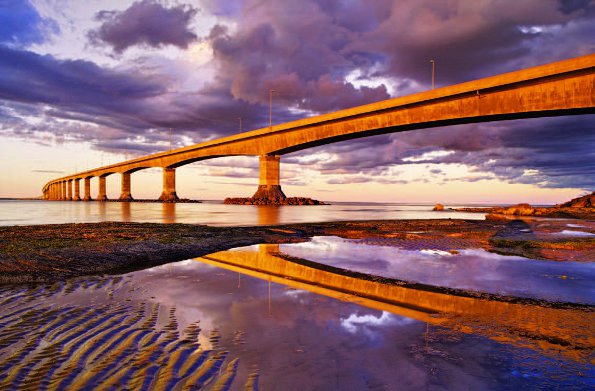
To create this effect you will need a wide-angle to normal lens setting on your zoom (any lens setting at 50mm or less on a full frame camera and 35mm or less on an APS-c sized camera). Find a foreground subject that is interesting and helps lead your eye to the background. Compose your photo, preferably while your camera is on a tripod, and set your camera to Aperture Priority mode. Choose an aperture like f/16 or f/22 (the camera will pick the appropriate shutter speed). Now focus one-third of the way into the frame using either manual focus or by selecting an appropriate auto-focus point. By focusing one-third of the way into the frame and picking a large number on the aperture dial you will see the most depth-of-field (amount of apparent focus) possible, giving you a classic scene with sharp detail from foreground to background. Remember – a tripod is necessary for success because with larger numbers on the aperture dial, you will be shooting at slow shutter speeds. Without a sturdy tripod, you risk blur or fuzzy focus with slower shutter speeds.
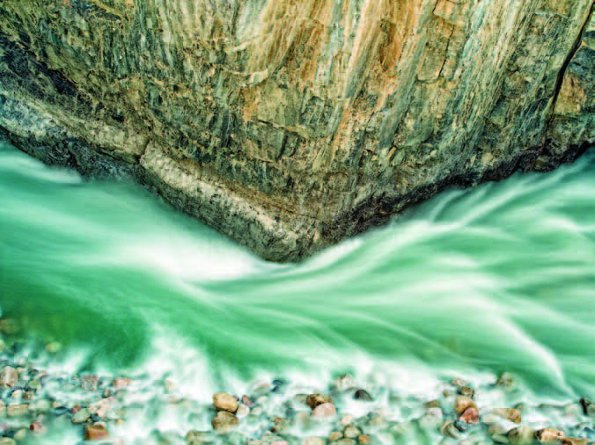
Tip 6 – Steady it with a Tripod
Speaking of tripods, some photographers seem to think that they can be cumbersome and annoying to use. But a tripod lets you use any aperture or shutter speed you want. For example, if you want to capture long exposure effects like silky waterfalls, you’ll need a tripod to hold your camera steady for the slow shutter speed used.
Most photographers think a tripod is a minor photo accessory, and they are not willing to spend much on a good tripod. From my perspective, selecting a tripod is just as important as choosing a lens. I would invest in a good tripod before investing in a second lens or a flash. Expect to pay as much for a great tripod as you would for a good lens. Currently, my favorite tripod is the Gitzo GT2542L, a carbon fiber model that weighs in at 3.1 pounds and is as sturdy as a rock. I like the extra height of this tripod for eye-level shooting and the fact that it can also go right down to ground level. Top off the tripod with a good ball head and a quick release camera plate and you will have a system that you’ll love to use for creative photography.
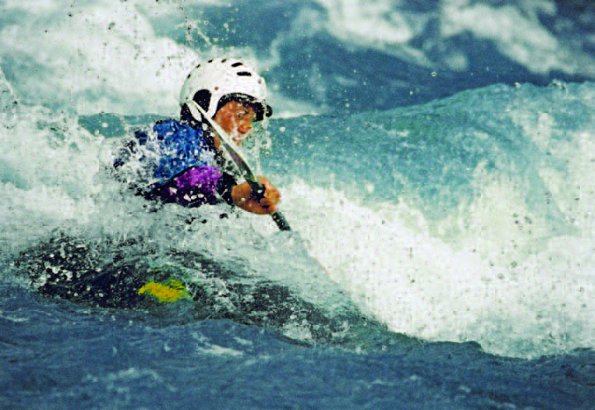
Tip 7 – Action Made Easy
Whenever my subject is moving, I think action. To capture suspended action in sports photography I switch my camera to shutter priority and pick a shutter speed faster than 1/250th of a second. The faster the subject is moving (race cars, race horses, sprinters), the faster your shutter speed choices need to be to stop movement. Someone walking toward you can be frozen at 1/250th of a second but someone sprinting across your frame will only be stopped by a shutter speed of 1/1000th or higher.
To make fast action shots set your camera to shutter priority, pick the shutter speed you want and let the camera select the aperture for correct exposure. Sometimes if you pick a very high shutter speed (like 1/4000 of a second) you might get a blinking aperture value in your viewfinder, warning you of underexposure because the light is just not bright enough for such a short exposure. To remedy this situation, adjust your ISO (the sensitivity of the camera to light) to higher levels (e.g. 400, 800, or 1600 ISO) until you no longer get an aperture warning. Then fire away, confident that your camera is at the right shutter speed to suspend the action.
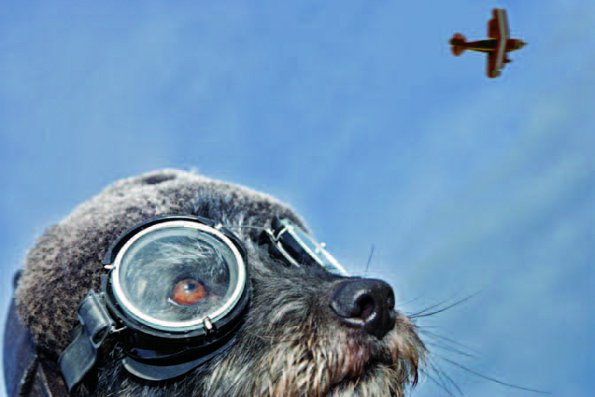
Tip 8 – Experiment and Have Fun!
As adults, we are acutely aware of what others think of us. So we “play it safe”. We wouldn’t dream of attracting attention to ourselves by rolling around on the sidewalk trying to get the perfect angle on a cityscape. After awhile, all our pictures start to look the same; there is no spark, no life, and no freshness.
This summer, think like a kid. Explore, experiment, feel the joy and freedom of responding to your subjects. Cast aside your expectations of who you are, who you want to be, and what others might think. Dance with life – your photos will be much better for it!
Summer is about joy and freedom. Photography should not be work – so shed some gear, add some essential tools (tripod and polarizer), and try out some of my summer tips… shoot in the shade; experiment with various lens aperture settings; get out early to capture the morning light, and enjoy the art of photography. You will come away with cards full of memorable photos.
Happy shooting!
Article by Darwin Wiggett
| PHOTONews on Facebook | PHOTONews on Twitter |







